
So..
we’re back. Finally we’ve managed to visit Greece again.
The first leg of this journey actually began at my job. In order to get an extra day free just before our planned vacation, I had to pick up a night shift..
My journey therefore started at my job near the lower Rhine in Germany. From there I took my car home, picked up my luggage and met up with Eline, my girlfriend. She was lovely enough to accompany me to (and from) the airport in Amsterdam, so I wouldn’t have to leave my car at the expensive airport parking.

From Amsterdam, my flight took me to Athens. After a taxi ride, as well as a bus ride from KTEL, I managed to arrive in Sparta.
Once again waiting for me there was Yanik Neff (Swiss-Drops), who had taken a direct flight from Zurich to Kalamata airport. He was more efficient with his travel time taking a mere 3 hours, where I needed 14..
“Du bist ein vervlugter Sauaffe.”*
This is Sparta.

After a night of sleep, we set off into the Taigetos to the southwest of Sparta. In this area, we were greeted with beautiful views and lovely weather.
We quickly found the first snowdrops in small streams going up and down the mountains. Unlike in Corfu, the plants stuck very closely to these habitats. Plants did not spread into the nearby canopy. Even in the streams, the plant density proofed sparse, with most plants growing as singlets.

A tell-tale sign of snowdrop habitats, as mentioned by experts such as Tom Mitchell and Joe Sharman, was the presence of the plane tree (Platanus orientalis). During the entire trip, our excitement rose every time we found the trees. On occasion, we resorted to finding the trees on satellite images and locating snowdrops in this manner.

It became immediately apparent that snowdrop spotting was considerably more difficult than on Corfu, where the flowers tended to grow on cultivated land.
Not only were the plants growing in the river beds of the Taigetos (with only few exceptions), the terrain was also steep. Many larger and smaller rocks made passage difficult. Further complicating matters was overgrowth by brambles, and by reed to the west of the Taigetos. More about that later..

On the second day, we drove to the west of Sparta, past the famous Byzantine Monastery of Mystras, into the Langada pass.
It is here that most snowdrop tourists, collectors and experts have most frequently visited. As our journey was relatively late, we hoped to still see some variety that had not yet been hunted away by collectors. Most snowdrops enthusiasts arrive at the end of October or the start of November. We only arrived in the last two weeks of November. We therefore hoped to have the timing on our side. The first flowers can actually be seen as early as the second week of October, but flowering continues in later weeks.
After descending down into a river valley, we observed the first snowdrops on the sides of the stream. Here too, the plants were growing under cover of Platanus orientalis. The terrain was as impossible as the first day, with the biggest colonies growing on steep cliffs on the side of the stream. Yanik seemed to be quite at home in these conditions. This was in contrast to me. I found myself mostly trying to hang on to anything for dear life, when walking on the side cliffs. On occasion I ended up slowly slide-falling down the steeper slopes..
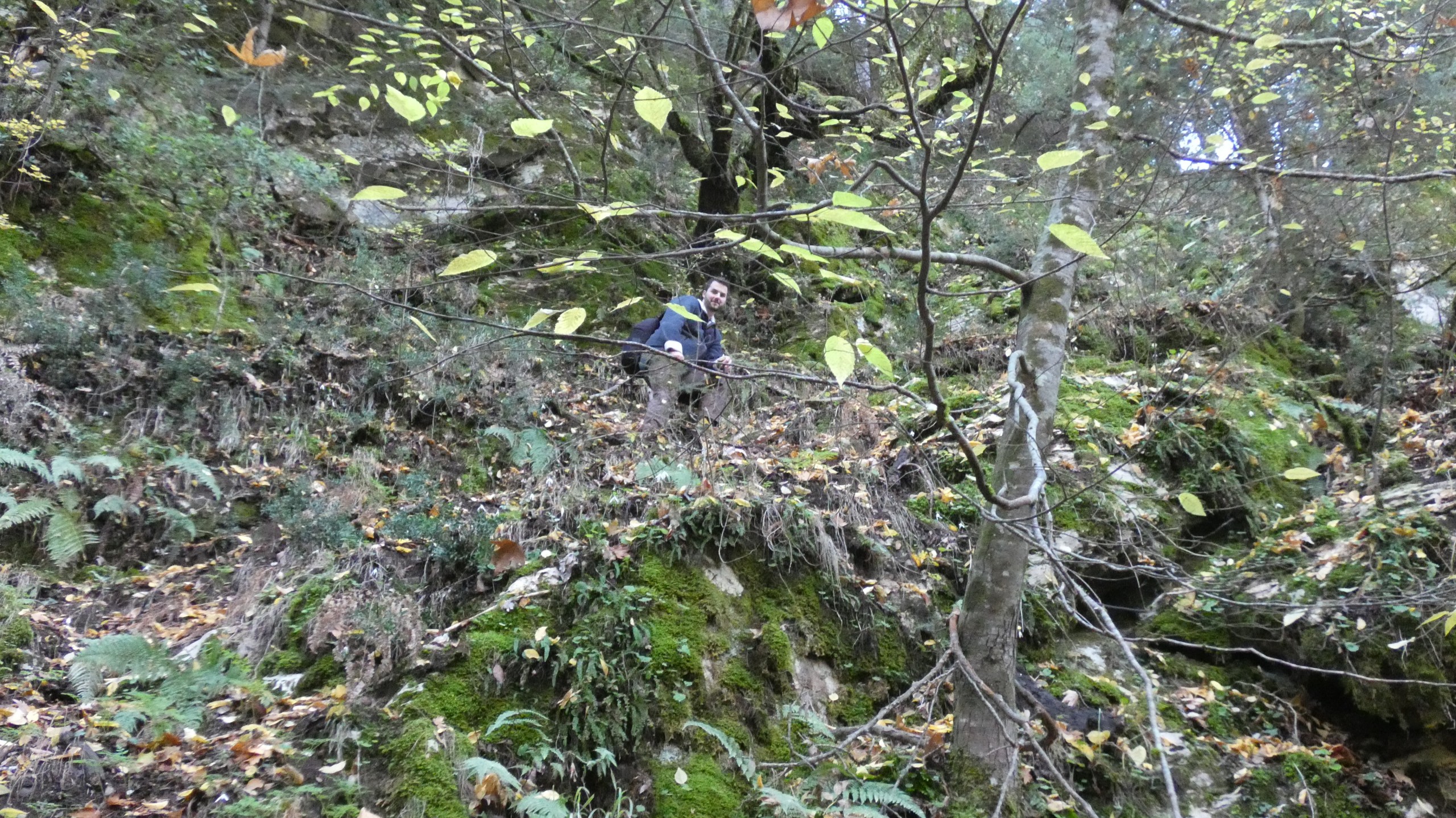
Unfortunately, the plants remained sparse and uniform. We followed the colony to its end, not having seen much of interest.
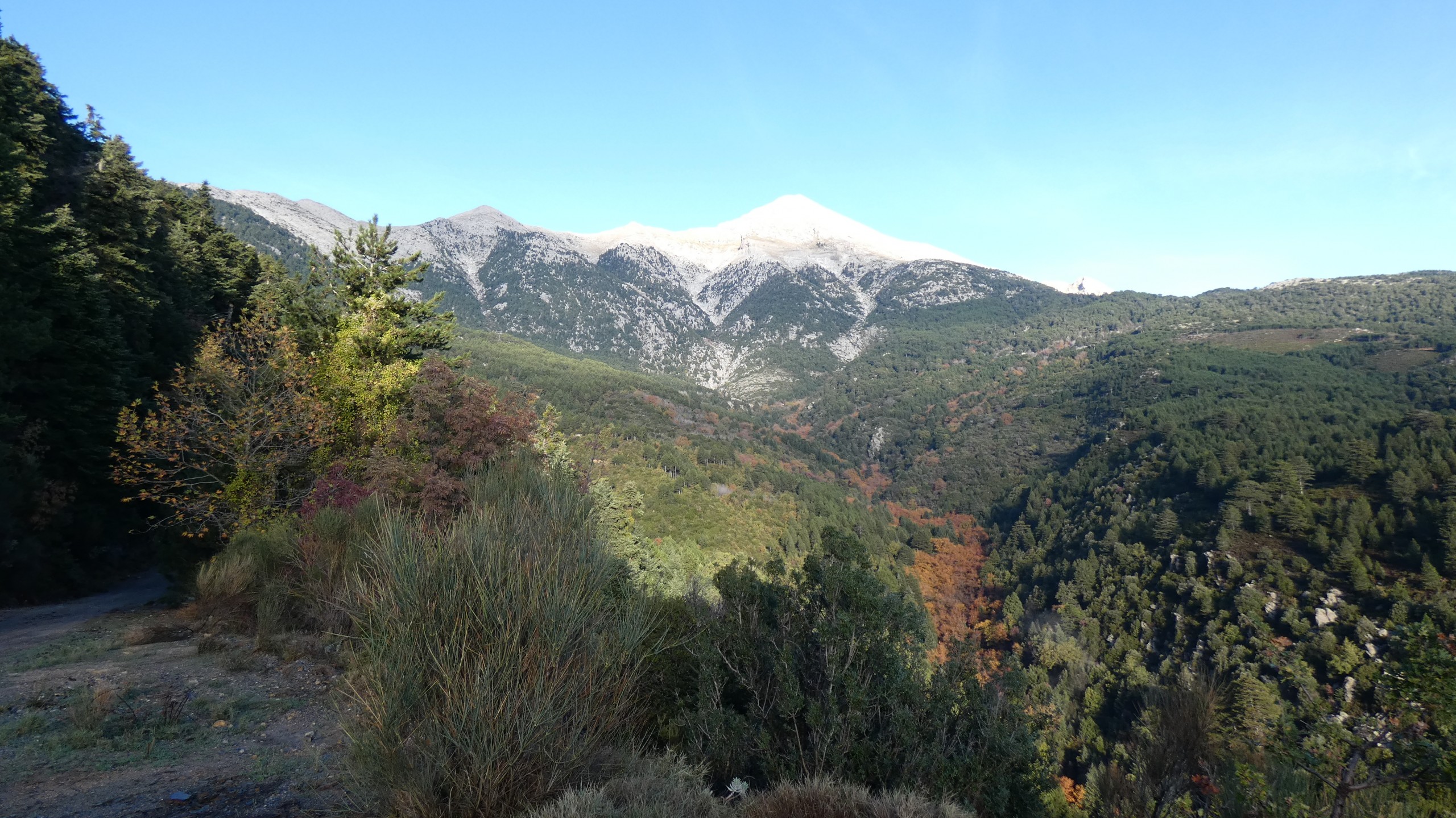
When searching, we generally observed plants growing in the dolomite limestone areas. As soon as the soil changed to what Yanik described as “Schiefer” in the Taigetos, the German word for Shale, the plants were nowhere to be seen.

As we kept driving west over the mountains, we came out on the other side of the Taigetos mountains. To our surprise, we stumbled upon a few snowdrops growing beside the road, which eventually led us to a marked path through the forest. The path ended up being one of the favourite parts of the journey. Not only was it beautiful, it is here we found some more variation, including the first green tipped plants.

Having followed the path to its end, we drove back to Sparta. On a stop close to the river near the town of Sparta, a single clump of reginae-olgae was observed. Although the clump appeared healthy, it seemed to be a single washed-down clone from higher upstream.
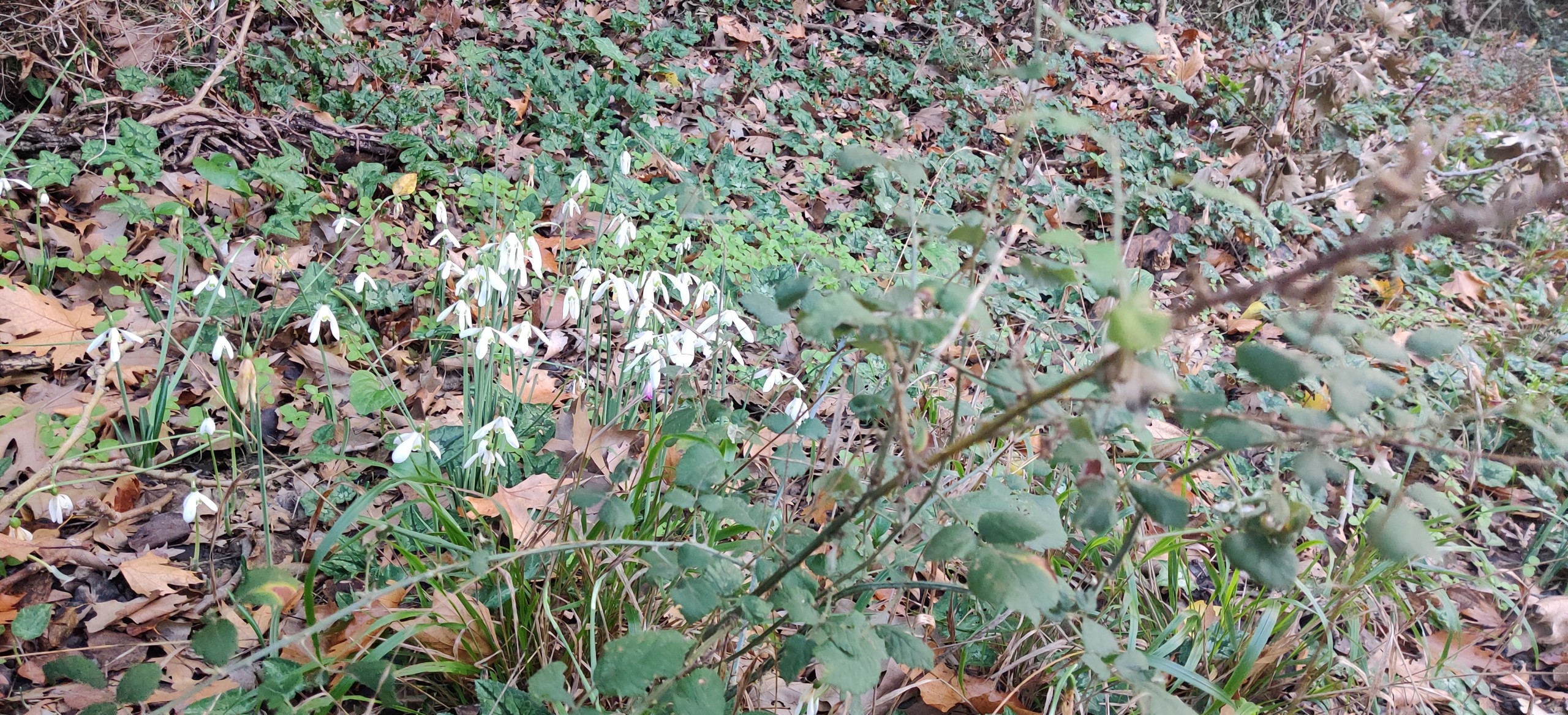
A bit further upstream to this location we did manage to find a small, but quite healthy colony. An interesting Cyclamen grew there, with a mutation that had it develop leaves instead of flowers on its scapes.

Evrotas river
Our final day in Sparta, we decided to go in a northern direction. We were again treated to stunning vistas in great weather. What felt like spring in the Netherlands to me, felt like summer in Switzerland to Yanik.
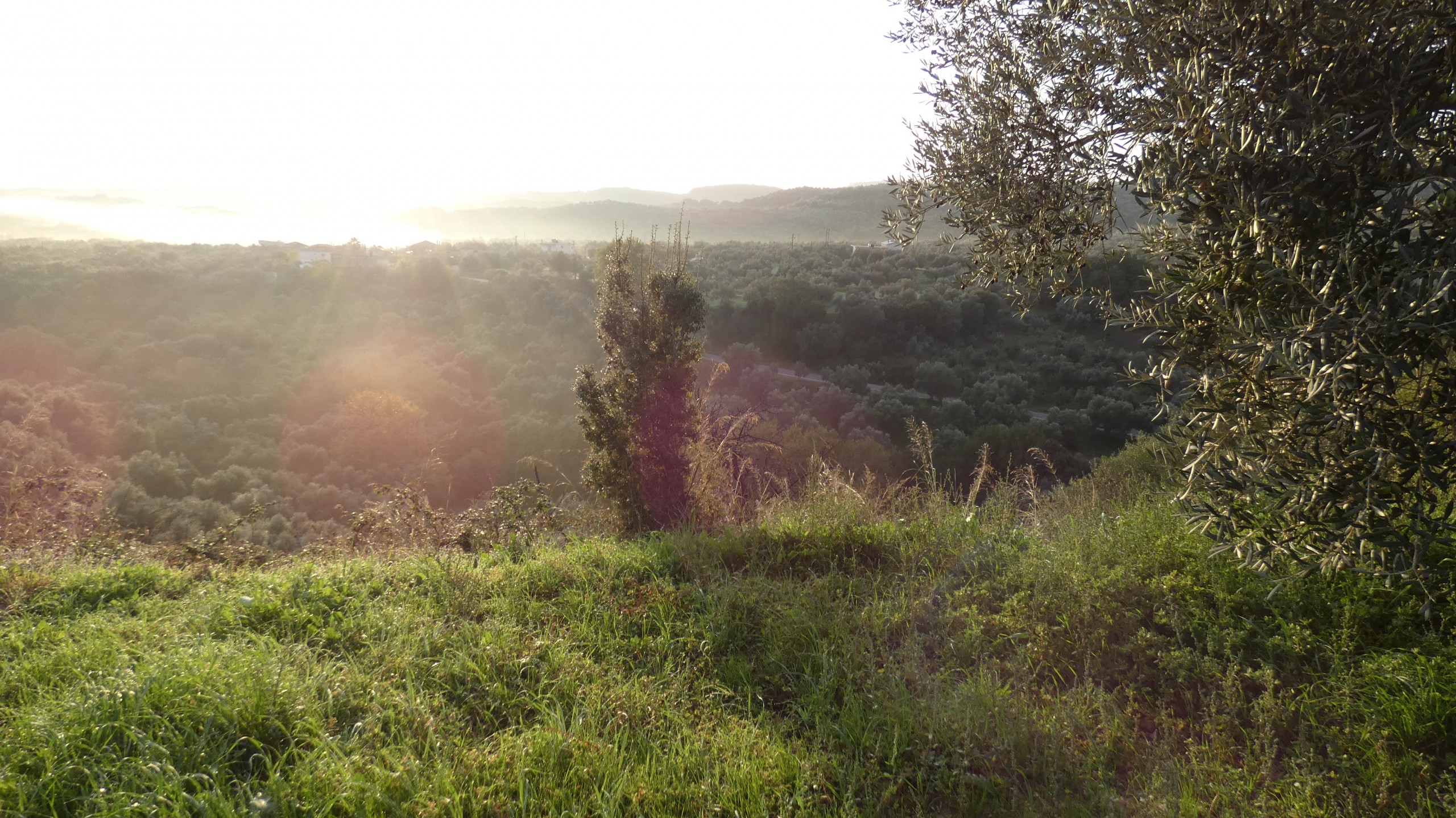
It was an omen of amazing sights to come. The further we drove, the higher the quantity of the plants we saw. Eventually we reached one of the main streams, where the plants just exploded in all directions along the river bed, as well as into the forest. More variety was observed here than at all the previous sites combined.
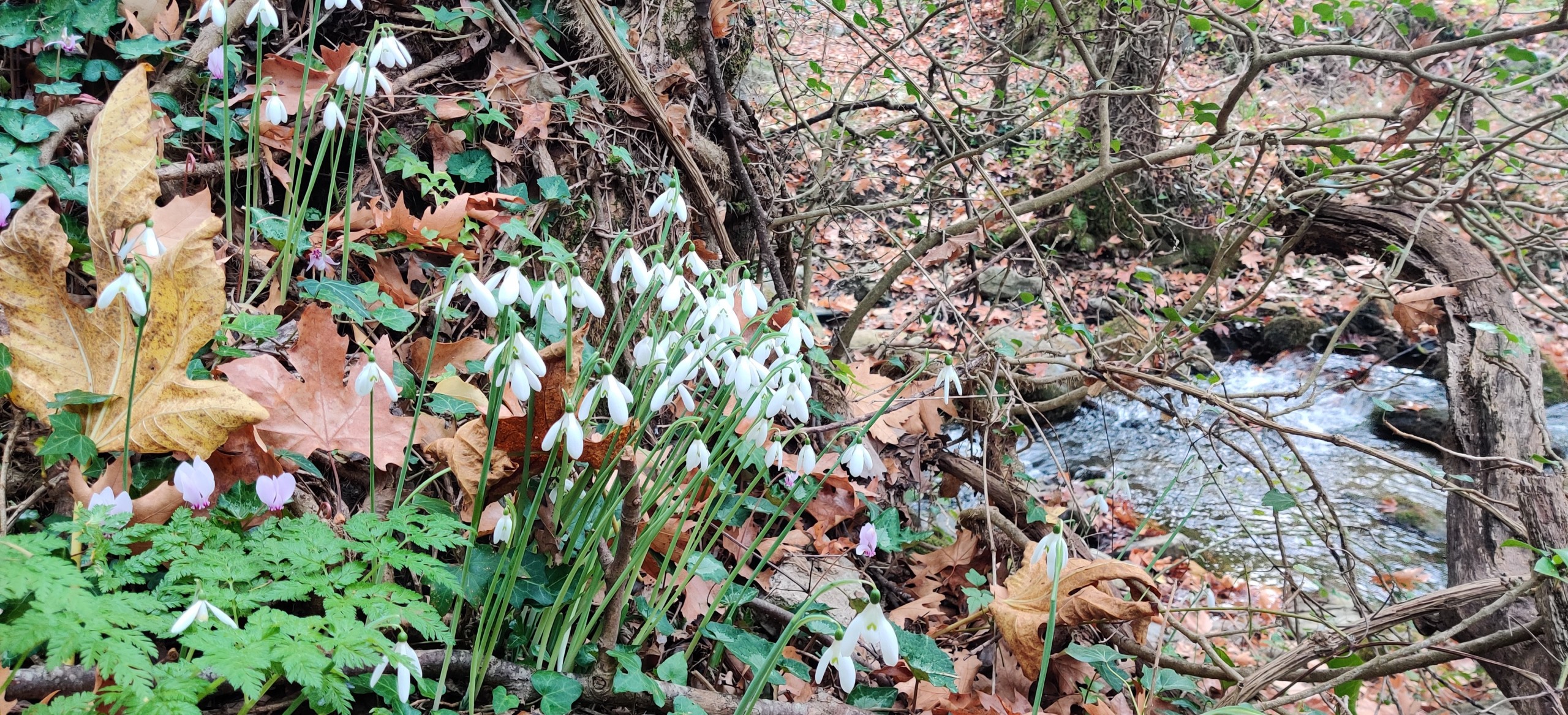



The snowdrops were flanked by autumn flowering plants such as Cyclamen hederifolium ssp. crassifolium, but also Arum. Additionally, Crocus boryi was frequently observed.

Nature surely is the best landscape architect, as the combinations of plants made for mouth-watering views. On several locations I could only look around in awe during this journey. Unfortunately, the photos can only partially do these scenes justice.

Despite the low variability at the first Taigetos sites, we finally ended up seeing some of the spectrum of plants that snowdrop enthusiasts love. From plants with a light green tinge, blanc-de-chine-like flowers with strongly reduced inner marks as well as the ‘merlin’-types covering the inner petals completely.


Messina
It is here our journey might turn into somewhat of a surprise to many Galantophiles. Yanik had been considering that there might be habitats to the west of the Taigetos, as the environment looked quite similar to that of the east. We therefore decided to search the Messina area in the western part of the Peloponnesos.

This leg of our journey began on what can only be described as a luxurious villa on the top of a hill. The view from our AirBNB was stunning: we could see the Mediterranean, Kalamata and several coastal villages with ease. Quite an ‘unspartan’ lifestyle.

We soon found sparse snowdrop sites, which we were unable to follow due to the cover of reed. Whereas the snowdrops managed to find growing spots in between the reed, the plants were impossible to get to.
A mud party

Heavy rains began on the fifth day in the Peloponnesos. As favourable as this was for the snowdrops, it was the start of trouble for us. We searched many possible locations, but found hardly any that we could follow more than a few meters due to the aforementioned reed problem. Snowdrop variability was as good as non-existent on the plants on the river banks we could spot. Quite frustrating, as we climbed many steep cliffs to get to the plants.
We had observed this lack of variety near waterways on Corfu before. When snowdrops leave the stream habitat, most interesting variations seem to occur. Snowdrops growing under cover in meadows and olive groves frequently yielded surprises. In densely snowdrop-covered streams in contrast, the plants were often hardly variable.
When the day had three hours of daylight left to go, strong torrential rain broke out. This caused the Greek dirt and rock roads to become mud slides.. Our car soon ended up stuck in a mudhole. We took more than an hour to get the car out, by which time we had built a small bridge through the mud with rocks and branches. As tools we found nothing but a log and an animal bone as shovels. A tough job indeed..

Crazy as it mights sound, our jubilous mood upon leaving the mud hole actually improved our mindset, even as the snowdrop search had proven mostly fruitless. Despite still having some daylight left, we turned back for a shower and a change of clothes.
After rain comes..

The next day, sunshine came again. We decided to search for terrain that might be more accessible.
With the sun lifting up the temperature, so did our snowdrop searching success. We finally stumbled into a colony that spread far along a stream on accessible terrain, as well as into cultivated lands. Even as the plants closely stuck to the shade of north-facing hills or the shadow of tree-cover, the ground was absolutely covered in a show of white. Plants were actively forming clumps, and singlets were the exception, rather than the rule.

In this one colony we found many more plants than at all the sites we could visit on the previous two days combined. The variability and quantity of the Evrotas river came to mind.

Pollinators such as honeybees were swarming from man-made hives on this warm day, making the areas abuzz with noise. An image of the hives would be shown here, if it was not for one bee Yanik and I dubbed the village-idiot of the bee colony. This particular bee decided to kamikaze itself upon the tip of my left ear, causing me slight pain and a lot of laughter, after having run around the car flailing in vain to get rid of it.

After further exploring, we discovered a site with many snowdrops growing on both sides of a stream, flanked by steep cliffs and water downlets. Some of the plants were even flowering high up the cliff-side, looking to us like G. peshmenii on Kastellorizo.

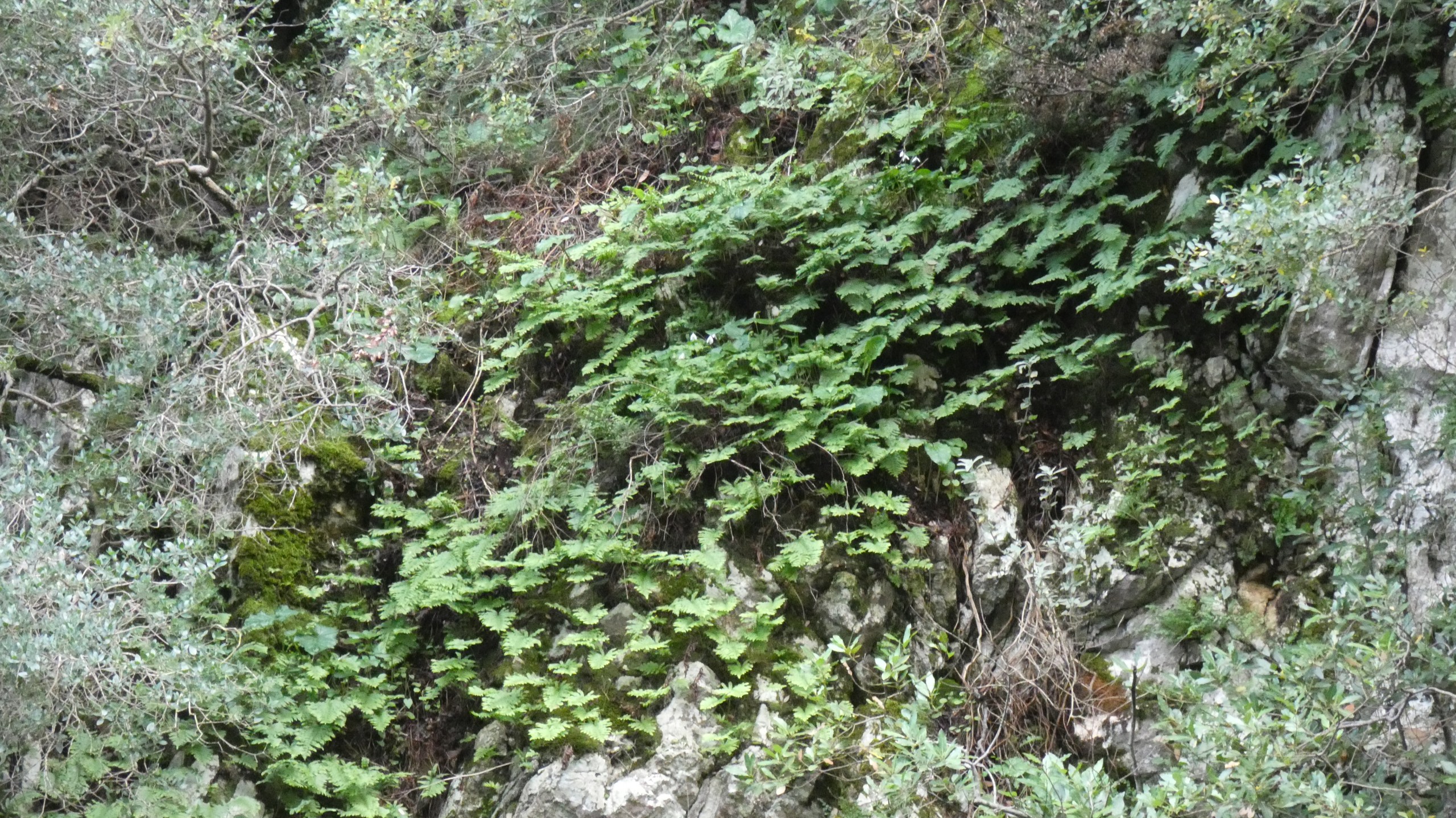


The plants proved to be variable, with green-tips occurring on more than one occasion. They only managed to get away slightly from the stream, flanking a path. The trail looked absolutely astonishing.

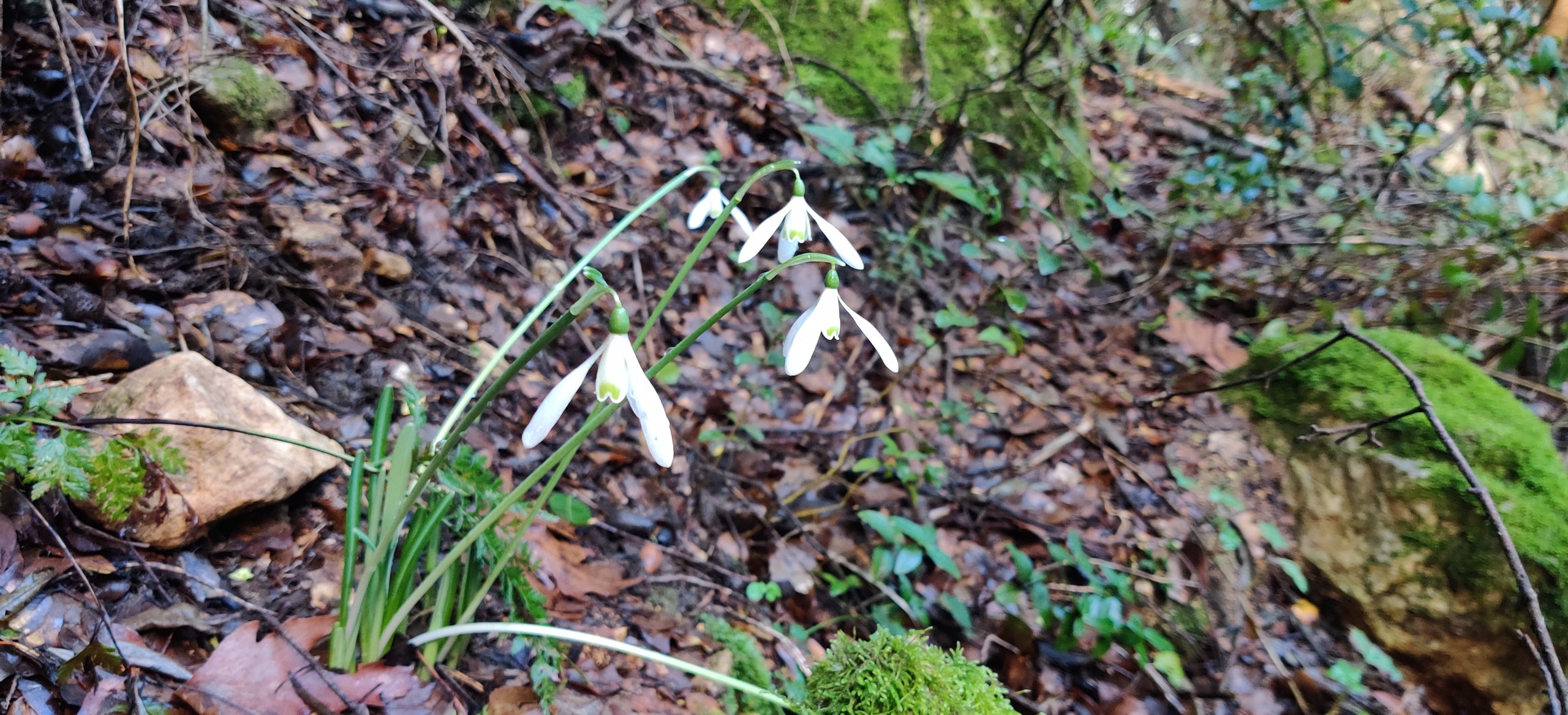
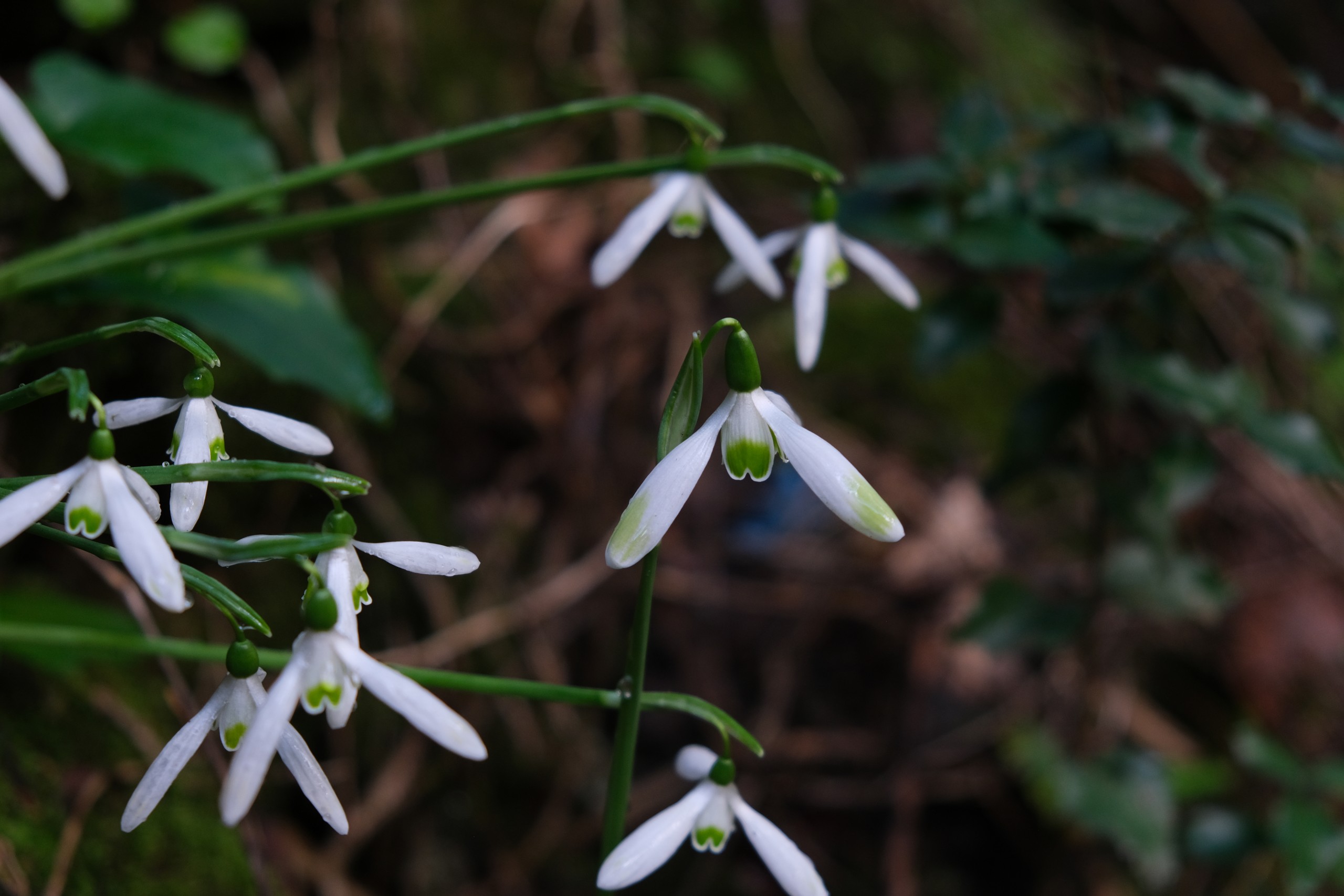
One site further downstream spread slightly into tree cover near some agricultural land, but plants remained quite similar. Some more very beautiful combinations of rock, Galanthus and Cyclamen were observed.
Exploring North-Messina
After searching for more sites near one from the previous days, we came up empty-handed. A slight depression set in, as the right, front part of the bumper had gone inexplicably missing. We wondered if we should even continue on.
After deliberation, we decided to carefully press and deal with any insurance problems later.

In between snowdrop hunting we attempted to get lunch in a village along the way. Unfortunately, no refrigerated wares were available, as the electricity network was getting an upgrade.

The local villagers showed their hospitality and managed to bring out a fresh salad dinner. A local olive farmer told us in great detail about the trials and tribulations of German occupation during World War 2, and how it was with great luck and skill the village survived intact. The church that was locally financed, only survived through the ordeal due to their cunning and bravery.
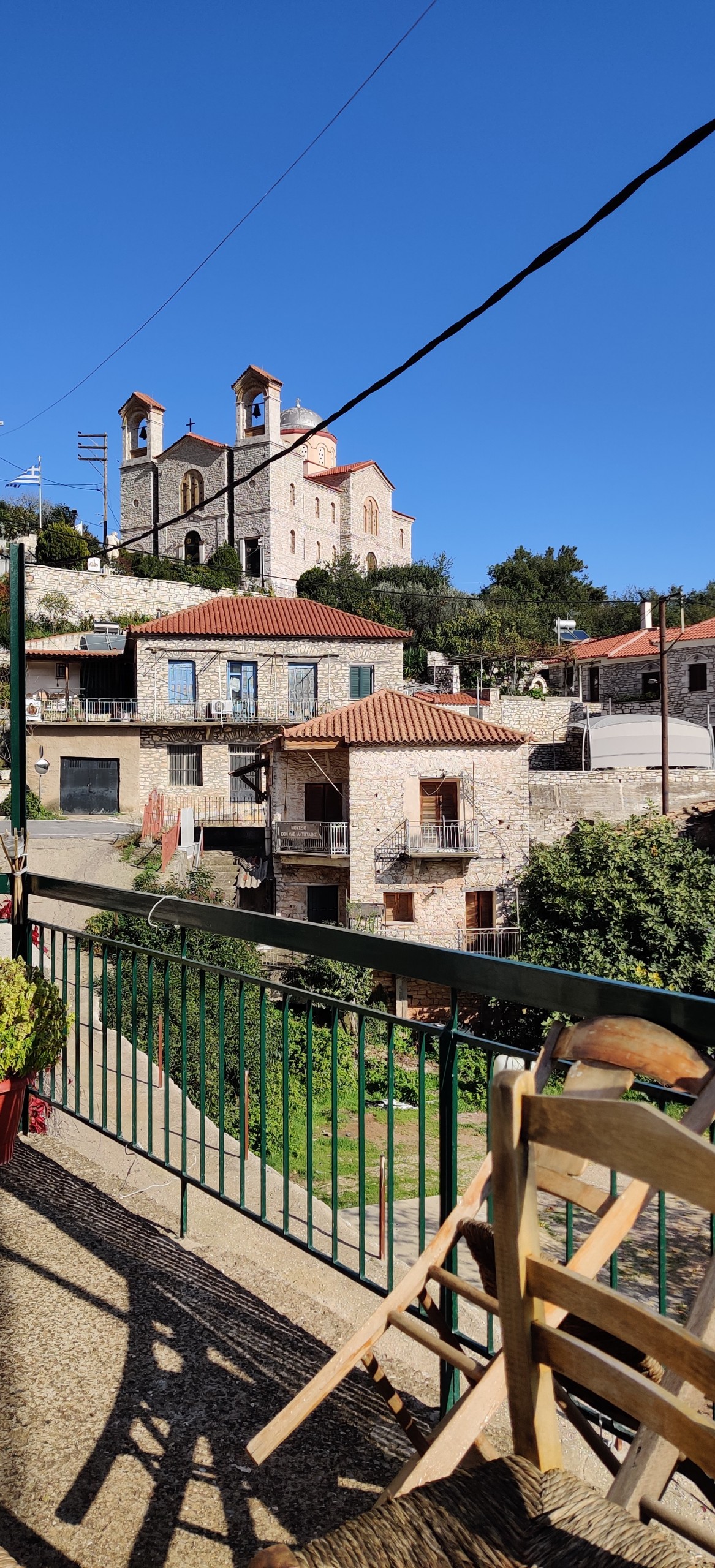
He ended up showing us around a local olive factory, where he gifted us a sample of his olive oil, and where to order more.





We can recommend his oil: Ari Zacharopoulos, 40-42 Parnithos, Atties 11364, Phone +306974038376 .
After lunch, we continued onwards.
In the northern area of Messina, the riverscapes looked similar to the more southerly habitats. Torrential rain and thunder again made exploring impossible, causing us to look for shelter on occasion. Eventually, we found another small colony spreading into the edges surrounding a small olive grove, where green tips were observed. Colonies remained small in comparison to the colony of the previous day, but could still be found in many streams.

Saving the best for last.
On our final day we decided to look for easily-accessible snowdrop sites close to the biggest colony we had found in Messina.

This once again proved to be fruitful, despite very rainy weather. Two huge colonies were found growing along streams. Accessing the plants was not easy, but once an inroad was located, further exploring proved easy.

These sites were actually found along a seasonal stream with relatively steep cliffs. We were lucky, and no water flowed through the bed, which therefore became a (somewhat bumpy) path.
The bountiful snowdrops spread into the forest floor and abandoned walnut groves along the river. This happy growth underneath Juglans we also saw on Corfu. Interesting variety was found, with several areas with plentiful green tips and a single site where many 4×4 snowdrops occurred.

As rain eventually started harshly pouring from the skies, the snowdrops proudly remained upright. As for us; we rapidly returned back through the same stream bed. It is here our vacation time ended and we went back for one last Greek meal.
We set back to our respective home countries the following day, satisfied and grateful for the beautiful views, novel sites and wonderful plants. After taking our flights, we returned into our normal day-to-day lifes and the realities of the current crisis.
Still, hope to see you back.
* Note: Yanik wasted no time to teach me swearing in Swissgerman.
Extra photos



Many ‘bridges’ were quite poor-qualty, some we saw had sustained flood damage. The bridge on the first photo we had to drag back into place (note the oddly positioned rope).
Animals of the Taigetos:




Many ‘straw’ dogs:




